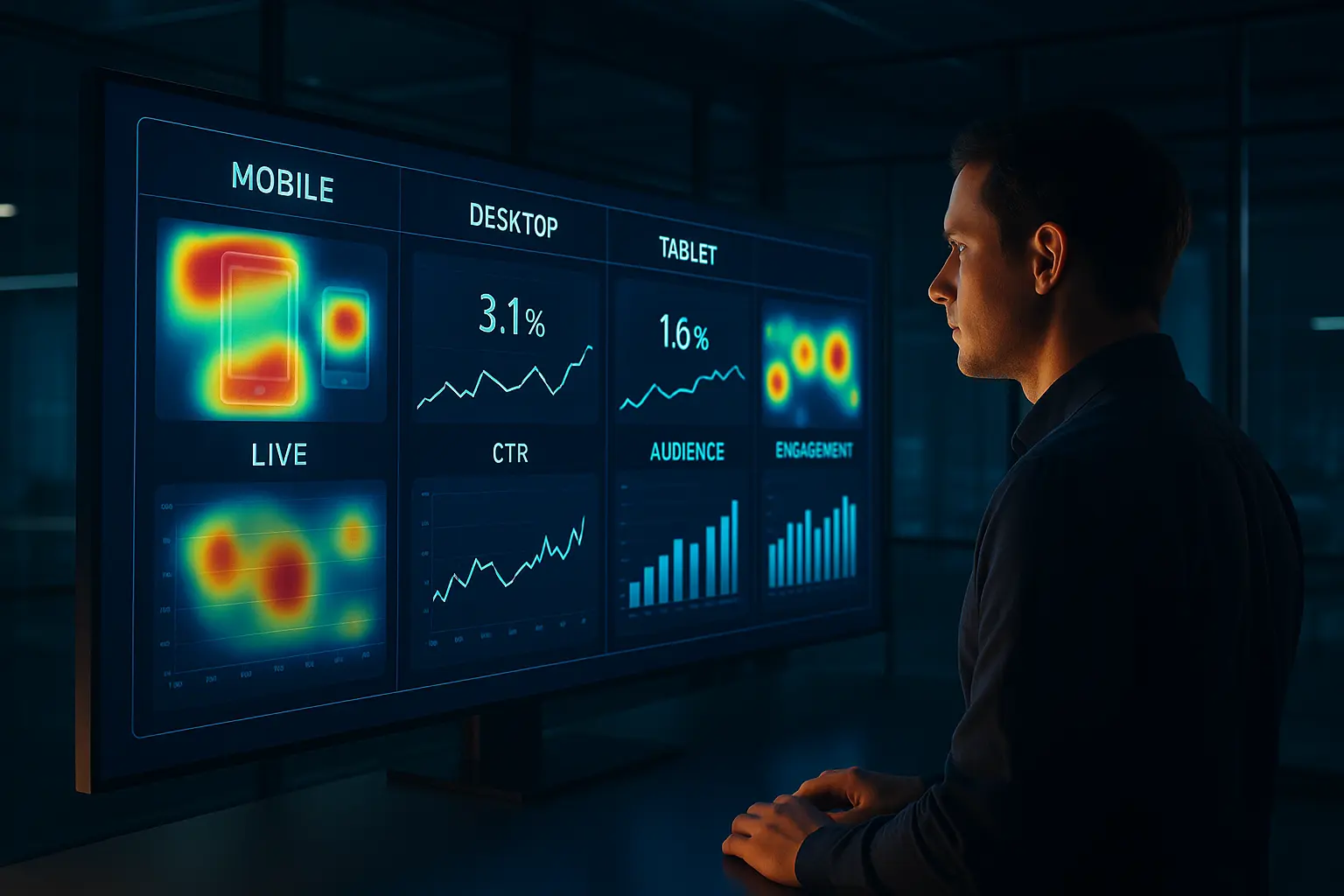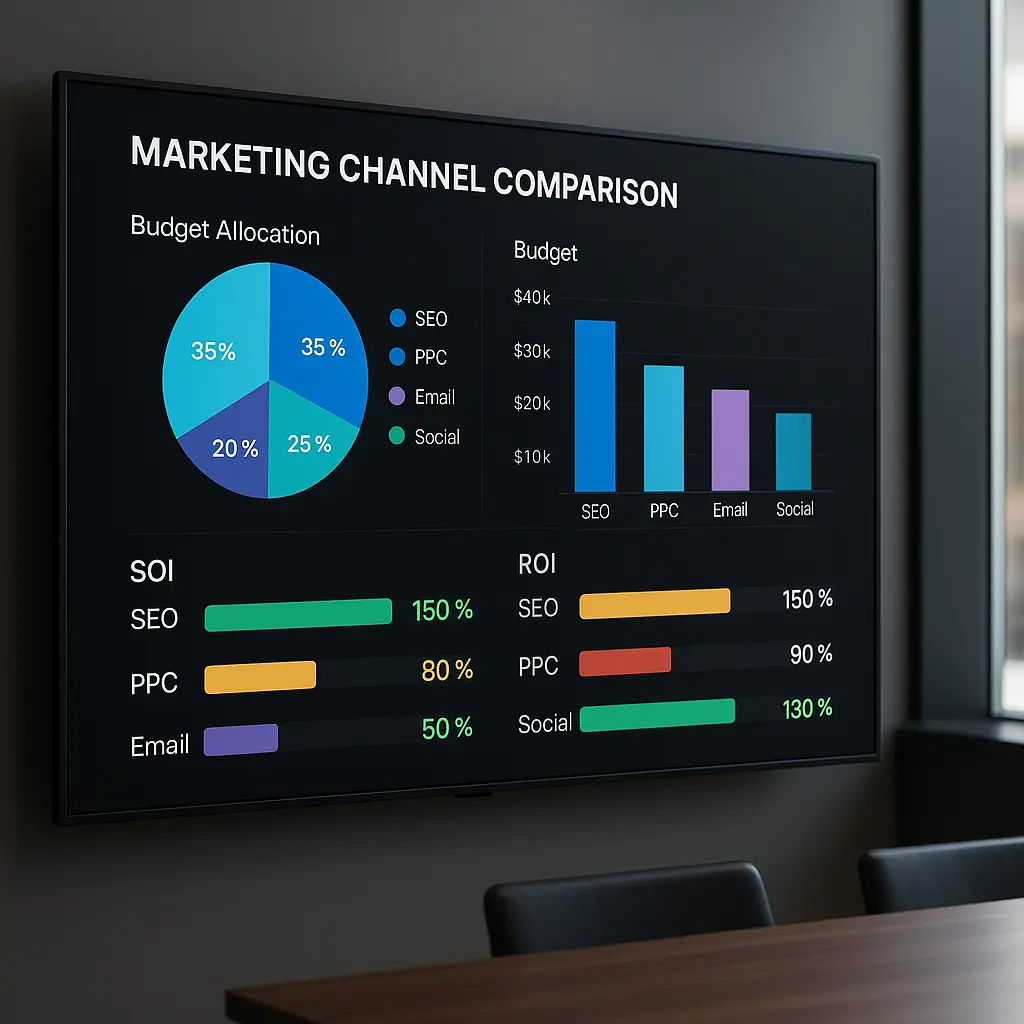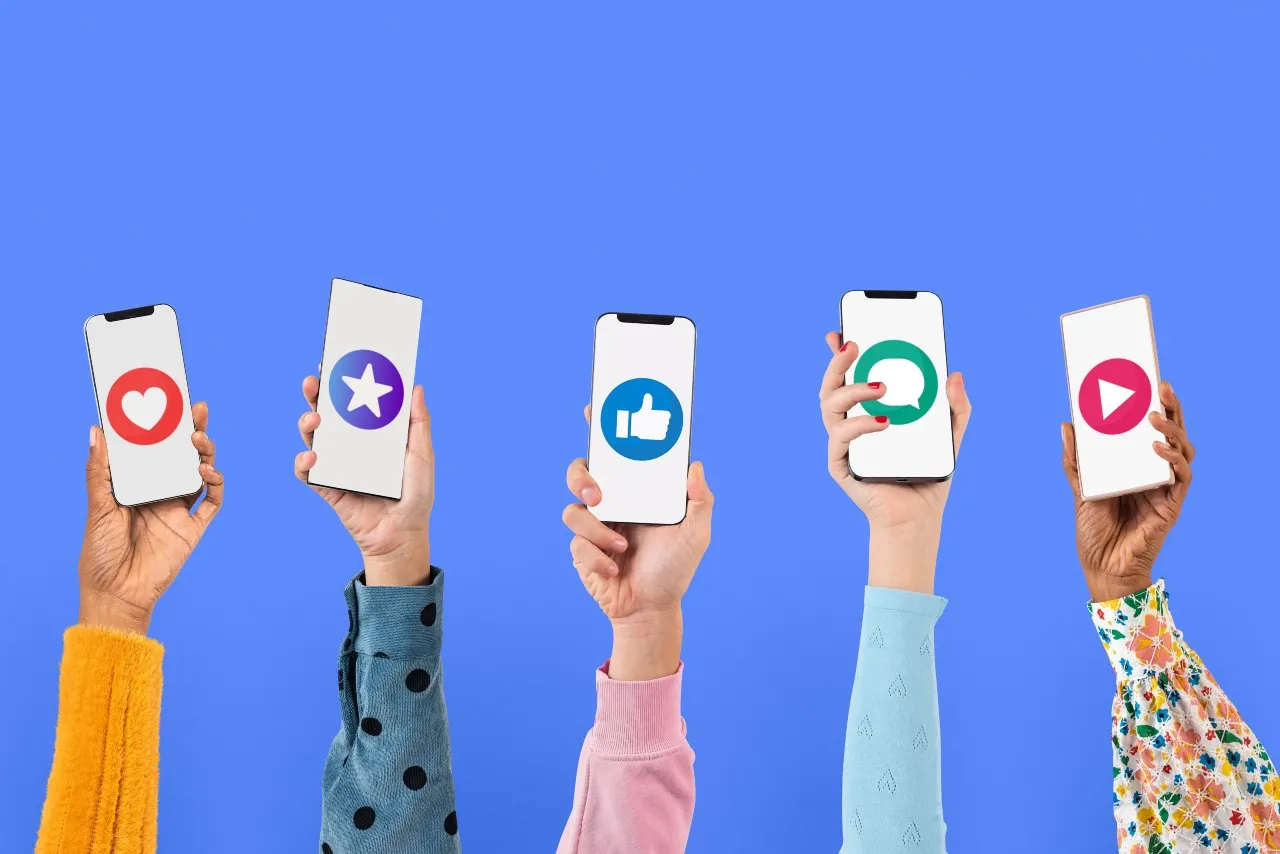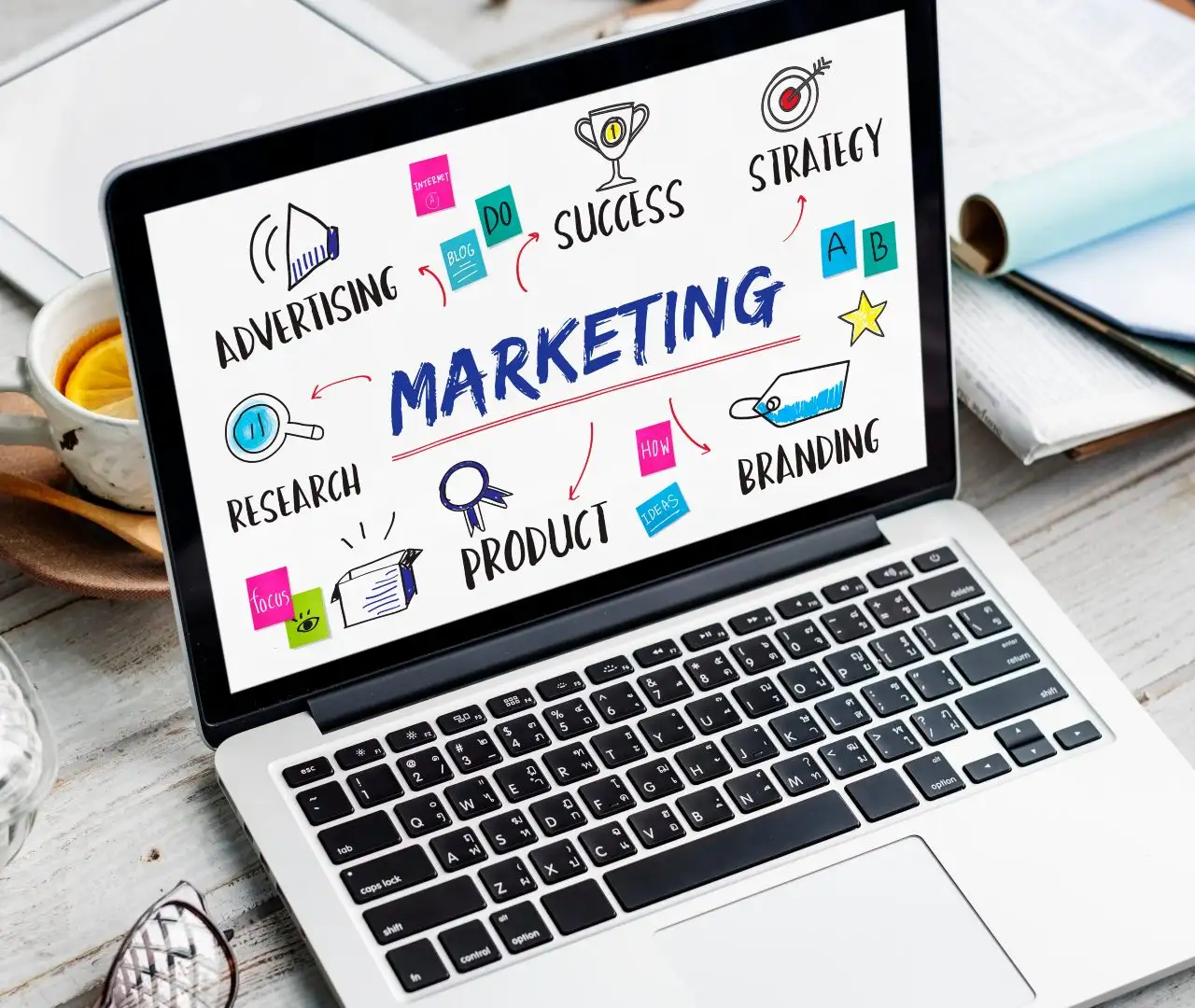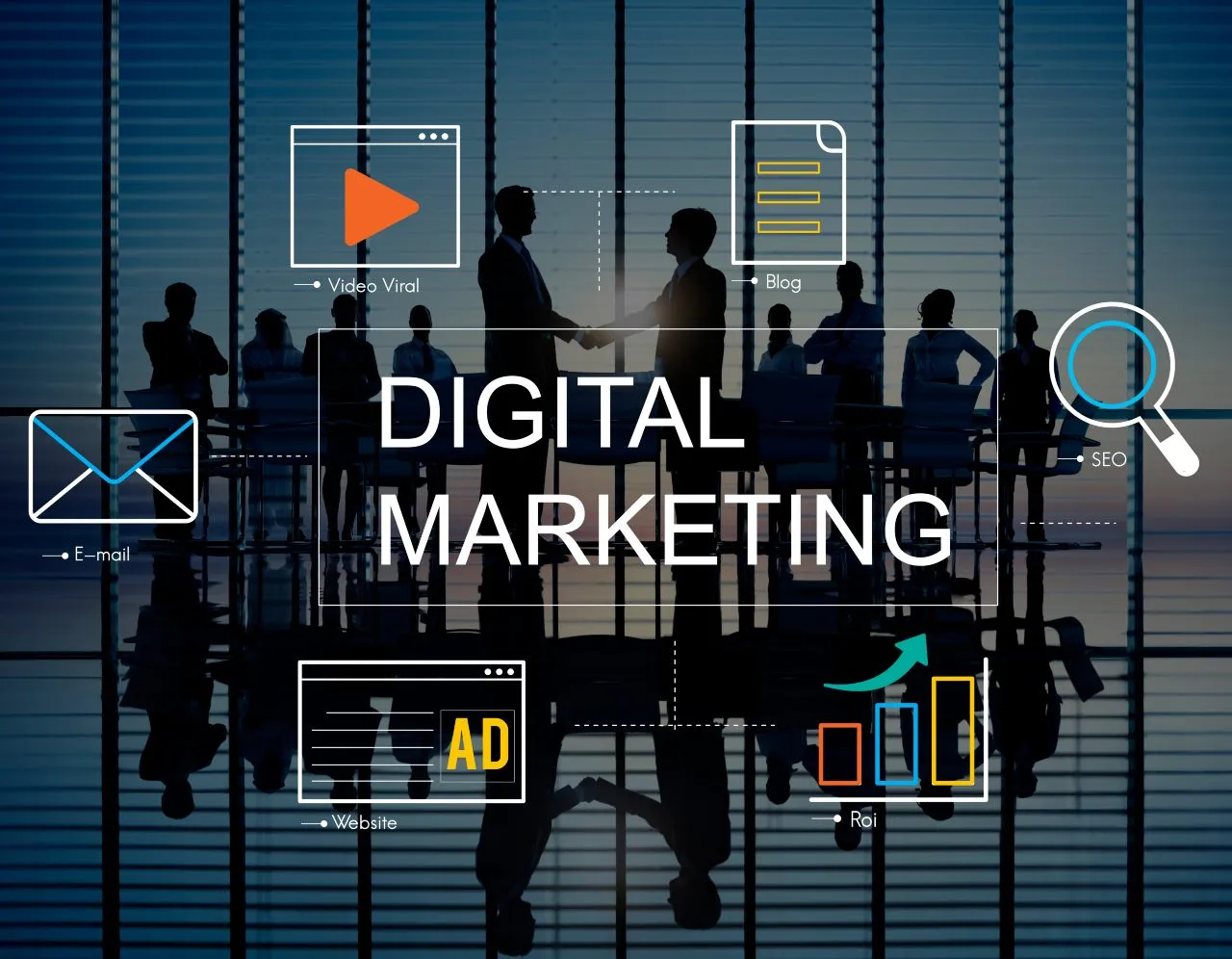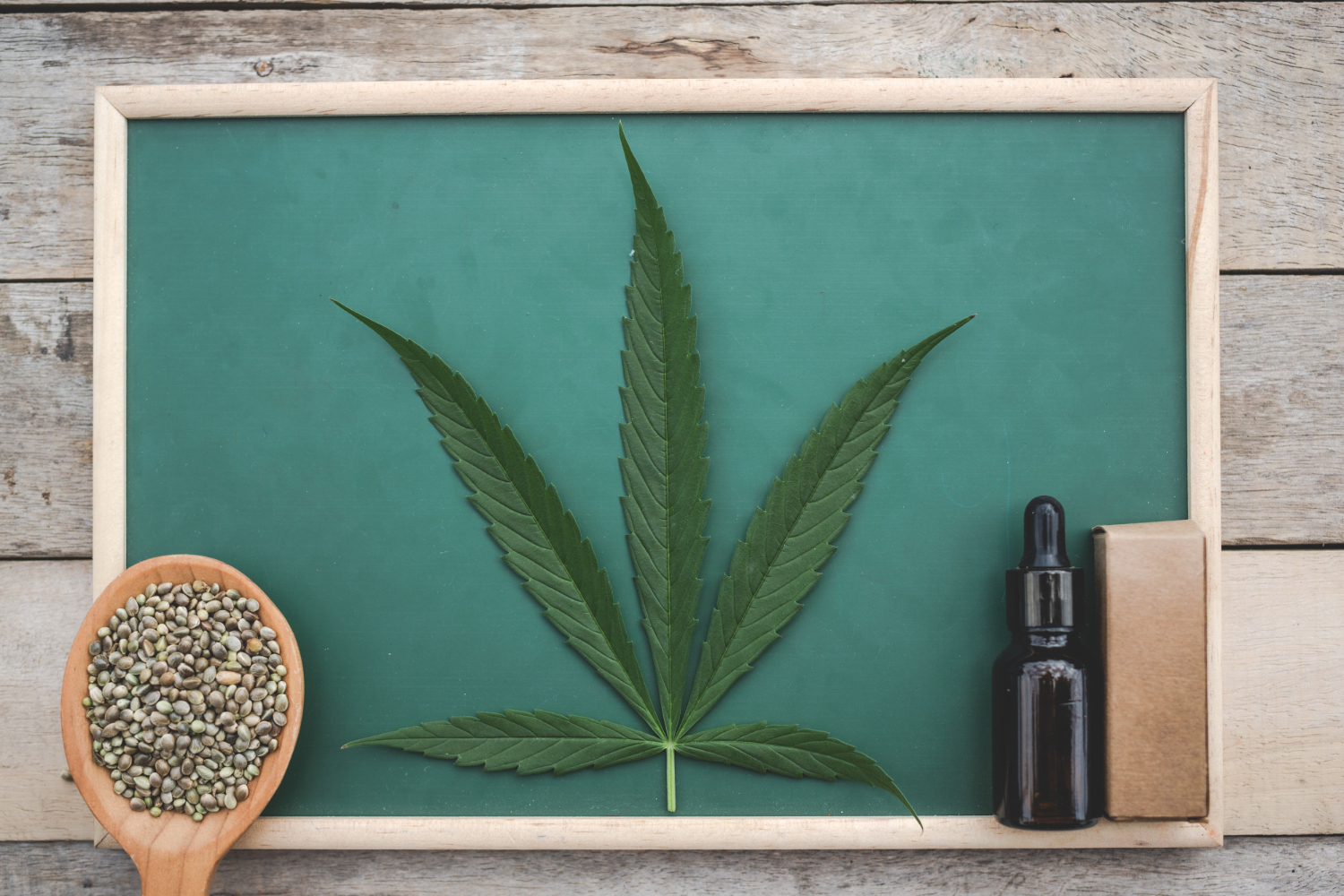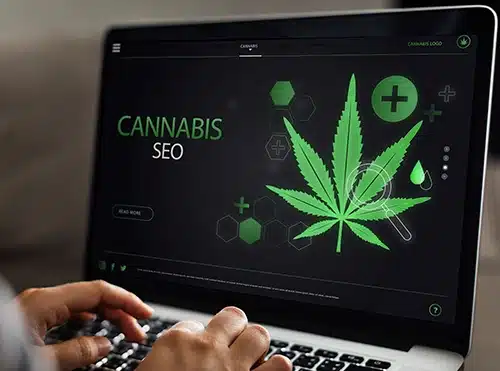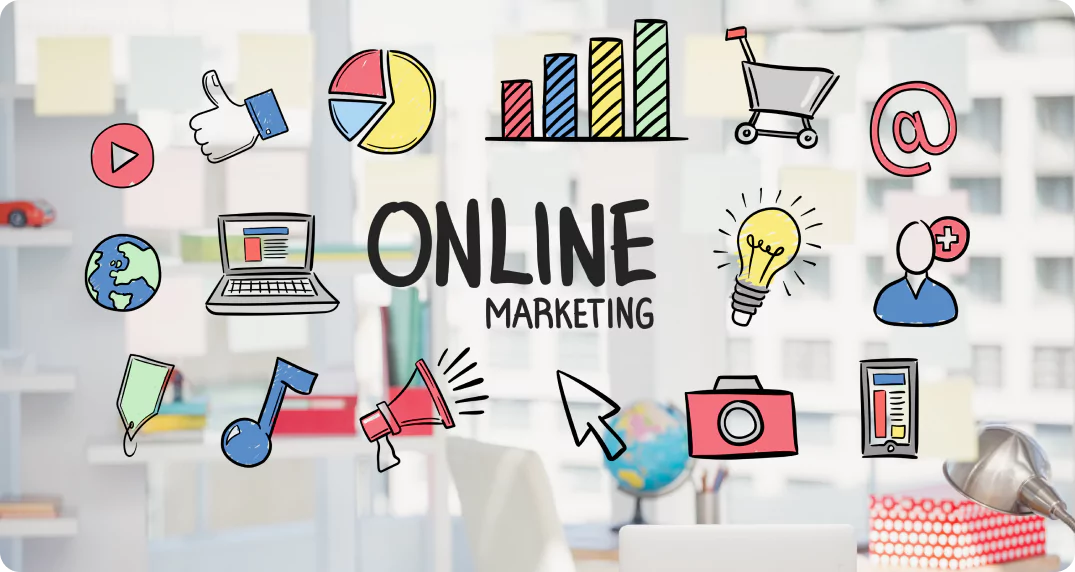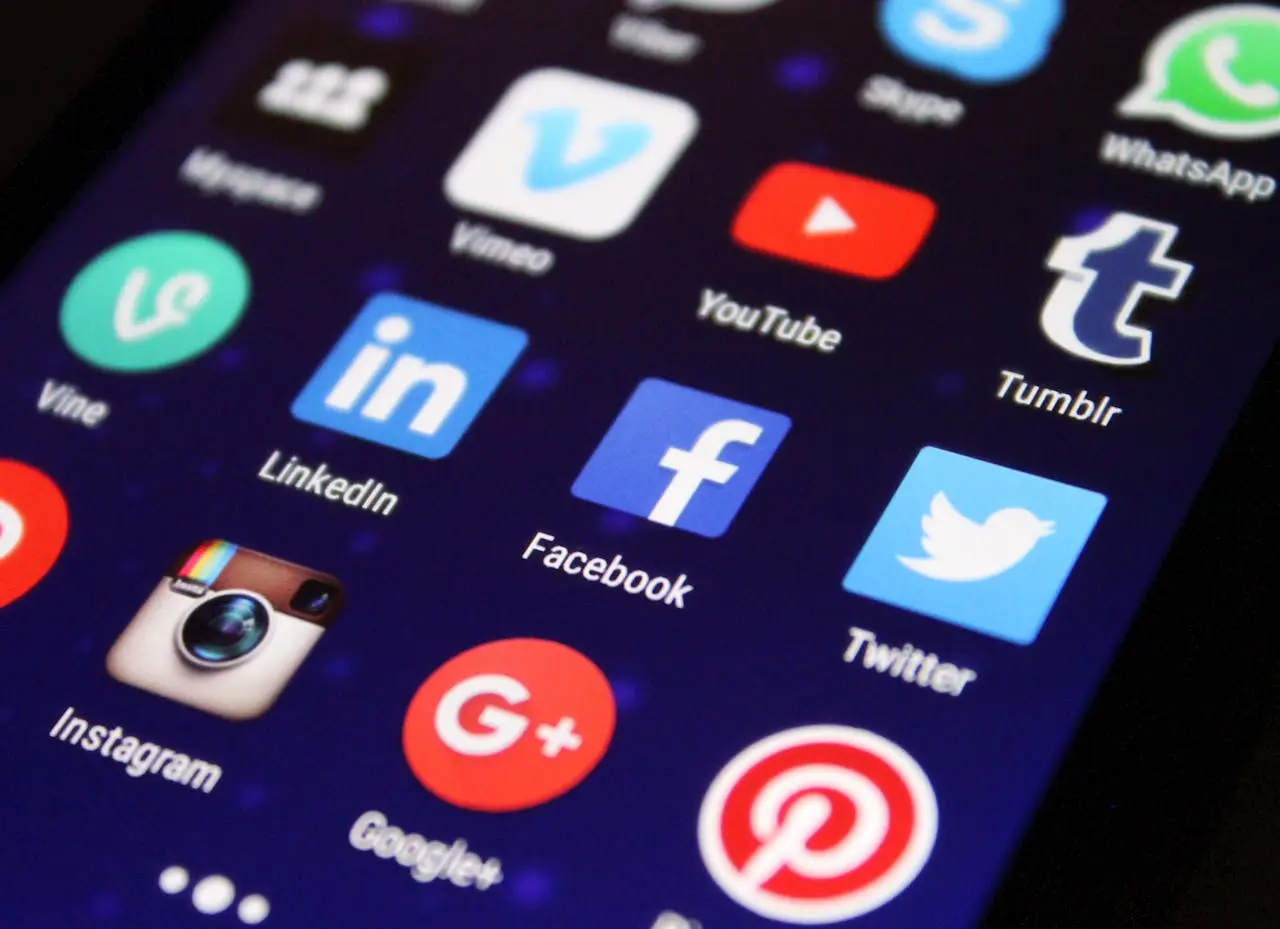Why ROI Isn’t the Only Metric That Matters in 2025
Are you still hyper-focused on ROI as the ultimate measure of marketing success? It might be time to broaden your perspective. While ROI remains a critical metric, relying on it alone can paint an incomplete picture of your efforts, especially with shifting consumer behaviors and technological advancements.
In fact, focusing solely on ROI can obscure the impact of crucial elements like brand trust, social media engagement, and the integration of AI. These factors play a pivotal role in influencing purchasing decisions and driving long-term growth, even if their direct return is challenging to quantify.
In this article, we’ll explore why a balanced ROI measurement strategy is essential for B2B marketers in 2025, highlighting key performance indicators that go beyond traditional ROI metrics.
Trust and Recognition: The Real Drivers Behind B2B Buying Decisions
While metrics like ROI often steal the spotlight, the groundwork for any sustainable B2B growth lies in how your brand is perceived. In an environment where offerings can look similar on paper, buyers look for more than just numbers—they want assurance, familiarity, and genuine connection. Brand trust and visibility are no longer “nice-to-haves”; they’re make-or-break assets that can sway stakeholders at every stage of the buying journey.
- Trust is a Must: A notable 81% of consumers need to trust a brand before making a purchase, underscoring that trust isn’t just a marketing buzzword—it’s a hard requirement for conversions and loyalty.
- Video Boosts Awareness: 90% of marketers have seen video content enhance brand awareness, illustrating how dynamic, visual storytelling captures attention and stays top-of-mind.
- Social Media’s Enduring Role: Social media continues to play a pivotal role in B2B marketing strategies for 2024, not only for targeted engagement but also for forging credibility and sparking conversations with decision-makers and industry influencers.
The brands winning mindshare aren’t just tracking conversions—they’re investing in the trust that keeps their pipeline full and their reputation strong. In competitive markets, a recognizable and respected brand accelerates deal cycles and shields against the price wars that come with commoditization. Pro Tip: Want to turn brand trust into a strategic advantage? Layer authentic customer stories, transparent communications, and consistent value delivery across every touchpoint. Over time, this not only elevates trust but makes your brand the first—and safest—choice for buyers. For businesses looking to strengthen their digital presence and drive trust through a multi-faceted approach, exploring full-service marketing can provide the expertise needed to unify branding, content, and outreach strategies.
Beyond ROI: The Rise of Holistic Marketing Metrics
The way B2B teams define marketing success is rapidly changing. Rather than relying solely on raw ROI figures, more marketers are tracking a blend of metrics that reflect how buyers actually interact with brands—across every stage of the journey. This broader KPI approach gives organizations the insights they need to refine content, prove value, and fuel long-term growth, not just short-term wins.
- Engagement and Leads on the Rise: Over 70% of B2B marketers confirm, through metrics, that content marketing has demonstrably boosted audience engagement and lead generation. Source
- Website Engagement Reigns Supreme: Website engagement is the most frequently used metric (69%) for assessing B2B content performance, closely followed by conversions (67%), website traffic (65%), and email engagement (64%). Source
- Multiple Metrics in Play: A significant 60% of B2B marketers track web traffic to measure success, while 51% prioritize the quality of sales leads, and 45% monitor social media sharing activity. Source
- Social Sharing as a KPI: 45% of B2B marketers use social media shares as a key performance indicator (KPI) to measure the effectiveness of their marketing strategies. However, a larger portion, 60%, still consider web traffic the most important indicator, while 51% prioritize the quality of sales leads to assess their marketing effectiveness. Source
Takeaway: The drive for meaningful engagement is influencing how B2B teams report and optimize their efforts. By weaving together traditional metrics such as traffic and lead quality with newer engagement KPIs—like social shares and time-on-site—marketers can reveal deeper patterns that pure ROI calculations might overlook. This multidimensional approach can help surface game-changing opportunities, from amplifying your best-performing content to refining campaigns for higher-quality leads. For businesses looking to implement a more comprehensive strategy, considering B2B website strategy can help align digital assets with these evolving metrics.
Pro Tip: Don’t just tally metrics—connect them. Use dashboards or analytics platforms to correlate engagement indicators (like social sharing or email response rates) with downstream metrics such as conversion or pipeline velocity. This will help you spot which touchpoints truly drive growth and where to focus your next marketing experiment.
How Short-Form Video and Social Media Shape Purchase Decisions
Focusing solely on ROI can obscure the ripple effect that short-form videos and social media have on your brand’s overall success. These channels ignite conversations, encourage sharing, and often spark purchase intent long before a lead is captured or a conversion is recorded. The cumulative impact on buyer behavior and brand perception often extends far beyond what traditional ROI formulas reveal.
- 77% of viewers say that a short video they watched on social media persuaded them to either make a purchase or download something.
- 90% of bloggers leverage social media platforms to promote their blog content, making it a crucial channel for boosting reach and discoverability.
Takeaway: While the immediate return from a tweet or a 15-second clip may not show up in a quarterly report, their power lies in building trust and fueling top-of-mind awareness. Social platforms and short-form video are shaping how consumers research, interact with, and ultimately purchase from brands—often accelerating decision timelines in ways that traditional metrics can’t easily capture.
Pro Tip: Don’t just track clicks—monitor engagement, sentiment, and shareability, too. By investing in compelling video storytelling and consistently active social channels, you’ll expand your influence and cultivate loyal fans who may convert down the line, even if the path to purchase isn’t always linear.
AI’s Influence on Sales Productivity and Quota Attainment
AI is no longer just a buzzword in B2B sales—it’s a tangible driver of productivity and quota attainment. While the conversation around AI often centers on automation or cost-savings, its most immediate value may be found in empowering sales teams to exceed expectations, uncover new opportunities, and streamline their daily workflow. This shift is redefining what “success” means for both individual reps and organizations as a whole.
- AI Drives Quota Achievement: According to a recent Gartner survey (Jan–Mar 2024), sales professionals using AI tools are 3.7 times more likely to hit their quotas than their counterparts who aren’t leveraging AI.
Takeaway: AI isn’t just about reducing manual effort—it’s a proven catalyst for higher performance, bridging the gap between sales potential and actual results. In an environment where competition is fierce and targets are ambitious, AI can be the differentiator that turns average performers into top achievers. Companies embracing AI in their sales process aren’t just chasing ROI; they’re building a culture where quota attainment becomes the norm, not the exception.
Pro Tip: Don’t just adopt AI tools—integrate them into your daily sales rhythm. Encourage reps to use AI-driven insights for lead prioritization, next-best actions, and personalized outreach to maximize their chances of exceeding quota. AI is most powerful when it’s embedded into the heart of everyday selling, not just added as another tech layer.
Conclusion
As the marketing landscape evolves, so too must our approach to measuring success. While ROI remains a cornerstone metric, the data shared underscores the value of looking at the bigger picture. Prioritizing brand trust, leveraging the power of short-form video, and embracing engagement-driven KPIs can provide a more robust understanding of your marketing impact. These strategies not only expand your brand’s visibility but also forge deeper connections with your audience, driving sustainable growth in ways traditional metrics might overlook.
Moreover, the integration of emerging technologies like AI is reshaping sales and marketing dynamics, enabling teams to achieve goals more effectively. It’s a clear reminder that modern marketing success lies in the balance: embracing innovation while staying attuned to the metrics that reflect genuine customer engagement and trust-building.
If you’re ready to supercharge your business, don’t hesitate to get in touch with our full-service marketing pros for a free quote. Let us help you navigate these shifting paradigms and craft a marketing strategy that prioritizes what truly matters—long-term growth and meaningful results.




























